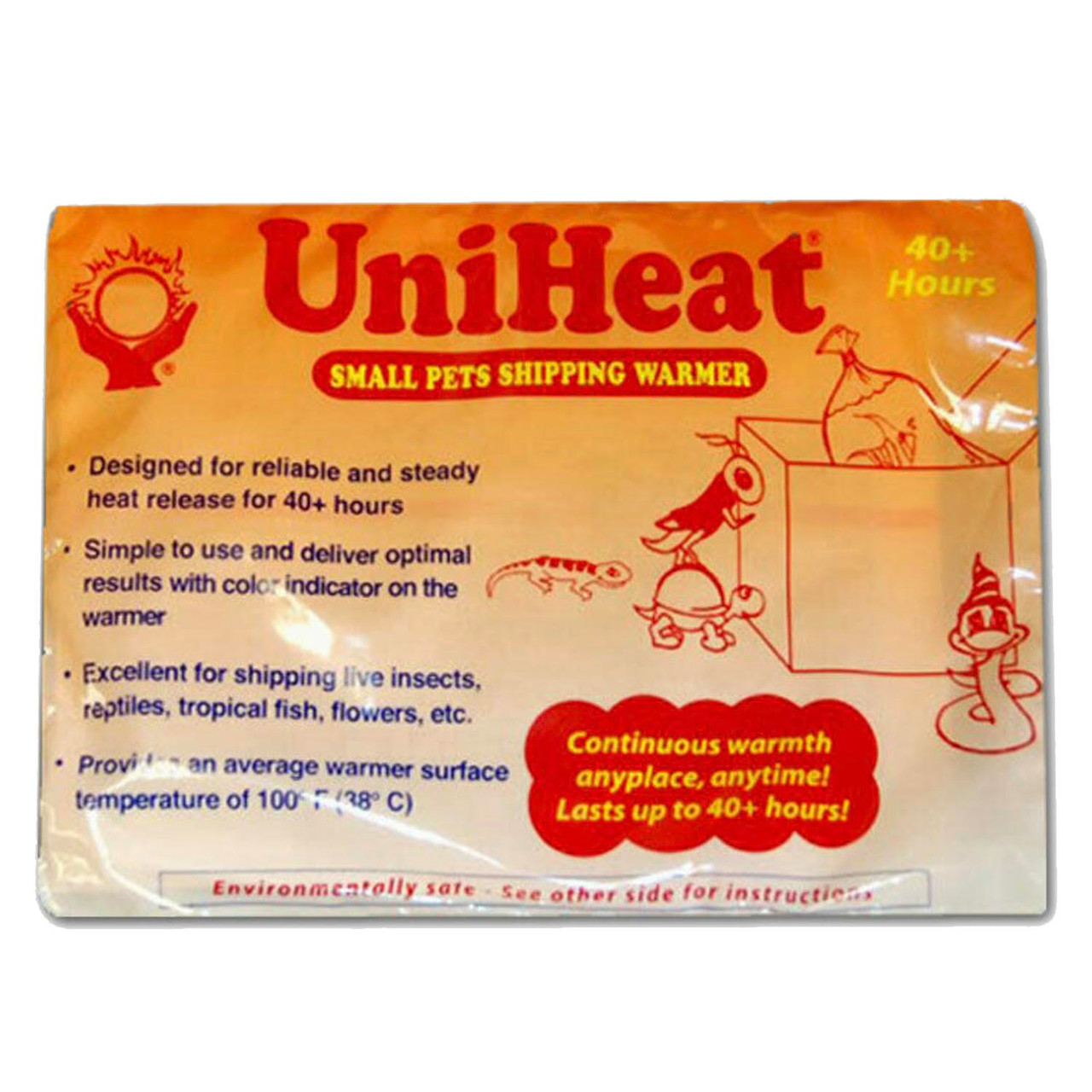Posted by UniHeatPacks on 9th Sep 2025
Nurseries & Plant Growers: Scheduling Heat Packs by Distance
Live plants are sensitive to temperature swings, especially when shipped across regions during colder months. For nurseries and growers, the challenge isn’t just packaging—it’s scheduling the right UniHeat pack duration by distance to ensure plants arrive healthy and undamaged. This guide outlines best practices for pairing plants with 40hr, 72hr, or 96hr UniHeat packs based on shipping zones.
Why Plants Need Heat Pack Scheduling
Plants don’t produce body heat like animals, making them especially vulnerable to freezing during transit. Scheduling the correct pack length ensures:
- Protection against frost damage in colder states.
- Consistent warmth for 1–4 day shipments depending on distance.
- Reduced plant loss rates, protecting margins for growers.
Heat Pack Duration by Distance
Here’s a simple framework for nurseries to schedule packs based on carrier zones and shipping distances:
- Local/Regional (1-day transit): Use 40hr packs. Enough to buffer overnight temperatures.
- Cross-country (2–3 days): Use 72hr packs. Standard for most nursery shipments.
- Extended routes (3–4 days, cold snaps): Use 96hr packs. Provides coverage for delays and freezing zones.
For growers shipping nationally, the Sampler Bundle is ideal for testing different pack durations and refining SOPs.
Best Practices for Plant Growers
- Pre-activate heat packs: Allow 30–45 minutes of activation before sealing boxes.
- Insulate properly: Use styrofoam liners or insulated bubble wrap to stabilize conditions.
- Buffer plants: Always place kraft paper or cardboard between packs and foliage.
- Schedule smart: Time shipments early in the week to avoid weekend carrier delays.
Protect Your Plants with UniHeat
Originally designed for tropical fish and small pets, UniHeat packs are now trusted by nurseries nationwide. Choose the right pack duration to safeguard your shipments by distance.
Frequently Asked Questions
How do I know which heat pack to use for my plants?
Base your choice on transit time: 40hr for 1-day, 72hr for 2–3 days, 96hr for 3–4 days or cold-weather routes.
Can heat packs damage plant foliage?
No, as long as they are buffered with paper or cardboard. Never allow direct contact between the pack and leaves.
What’s the risk of using too many heat packs?
Excess packs in small insulated boxes may overheat plants. Always test configurations with thermometers first.
Should I ship plants over weekends?
No. Schedule shipments early in the week to avoid carrier delays that could outlast your pack duration.
Are UniHeat packs safe for nursery use?
Yes. They are non-toxic, air-activated, and widely used by growers shipping live plants, cuttings, and seedlings nationwide.





